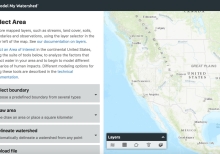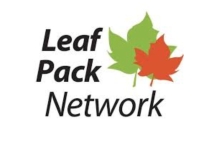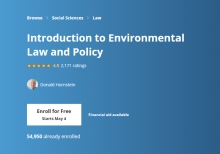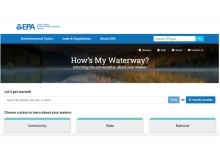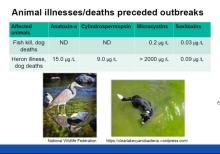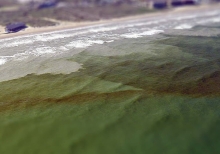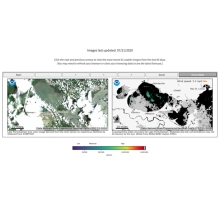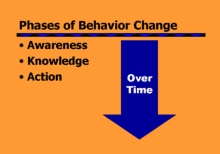Model My Watershed
Model My Watershed is a watershed-modeling web app that enables citizens, conservation practitioners, municipal decision-makers, educators, and students to analyze real land use and soil data in their neighborhoods and watersheds, model stormwater runoff and water-quality impacts using professional-grade models, and compare how different conservation or development scenarios could modify runoff and water quality.
